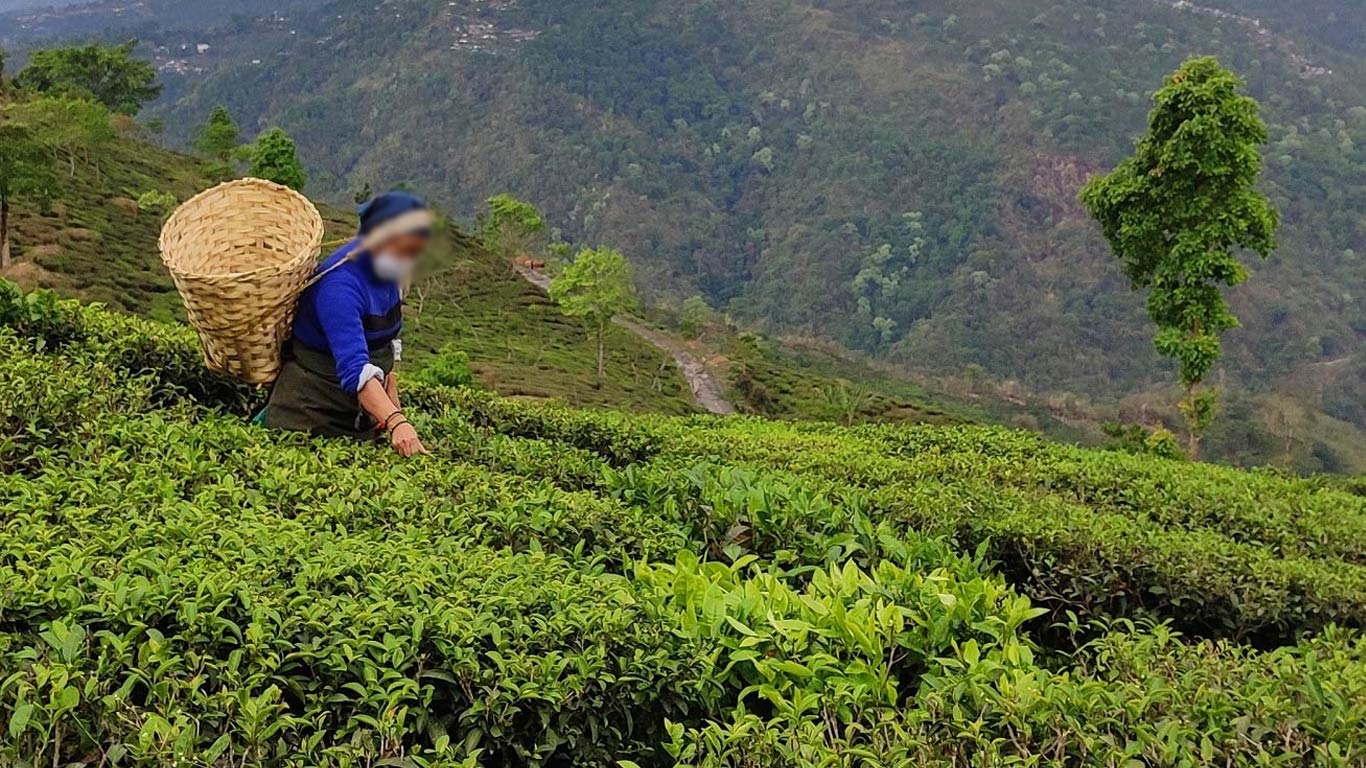- Echoes of the Past: According to the Tea Association of India (TAI), India’s tea sector is confronting problems akin to the “dark phase” of 2002-07.
- Key Issues: Major difficulties affecting the sector include price stagnation, oversupply, a demand-supply mismatch, and a tendency towards cheaper teas.
Recent Developments and Historical Context
- Previous Crisis: The sector had a substantial downturn from 2002 and 2007 as a result of regulatory obstacles, declining demand, competition from cheaper overseas teas, and export quality issues.
- Current Situation: Despite India’s economic progress, the tea business faces stagnating pricing and rising input costs, resulting in estate closures and a reliance on subsidies.
- Imbalance in Demand and Supply, as well as Quality Concerns
- overstock Issues: The discussion focused on the essential issue of overstock, which causes an imbalance between availability and demand.
- Quality Decline: In order to make tea more accessible, quality has suffered, resulting in a “race to the bottom.”
Proposed Measures and the Role of the Tea Board of India
- TAI advises repositioning tea to improve its perception and consumption habits.
- Regulatory Steps: Measures include regulating tea waste sold in the United States, limiting the import of low-quality teas, and promoting the health advantages of tea.
- Impact: Regulating waste might cut supply by 15-20 million kg, while restricting imports could eliminate an additional 30 million kg of low-quality teas.
Statistics and Trends in the Tea Industry
- Tea output in India rose by 39% from 2008 to 2022, with a minor rise expected in 2023. However, shipments until October 2023 are down 2% from 2022.
- Tea imports increased from 27 million kg in 2021 to 30 million kg in 2022.
Overview of the Indian Tea Industry
- Global Position: India is the world’s second-largest tea grower and fourth-largest exporter, with a sizable domestic consumption market.
- Employment and Regulation: The sector directly employs 1.16 million people, with cultivation regulated by the Tea Board of India.
- The Northeast, comprising Assam and north Bengal, is a key tea-growing region, with substantial cultivation in the Nilgiris in south India.
Problems and Issues
- Global Competition and Quality Decline: Competition from nations such as Kenya, as well as a growing demand for organic tea, have harmed India’s market position.
- Worker Conditions and Small Tea producers: Poor working conditions and the problems that small tea producers confront, such as price and recognition issues, are major concerns.
- External Factors: Global events such as the Russia-Ukraine war have exacerbated the industry’s woes.
Initiatives of the Tea Board of India
- Establishment: The Tea Board was established under the Tea Act of 1953 and works as a statutory body under the Ministry of Commerce. The Board is reformed every three years and has its headquarters in Kolkata.
- Promotional Efforts: The Board promotes packaged Indian tea via different initiatives and subsidises participation in foreign fairs.
- Promotional Activities: The Board encourages the promotion of packaged Indian tea and subsidises participation in international fairs.
- Tea Development and Promotion Scheme: The Tea Development and Promotion Scheme seeks to improve productivity, quality, worker welfare, and market promotion.
- Small Grower Assistance: The Board has established SHGs, FPOs, and FPCs to support small tea growers.
Source: https://www.thehindu.com/news/national/other-states/tea-association-of-india-warns-of-return-to-dark-phase-for-industry/article67727326.ece

